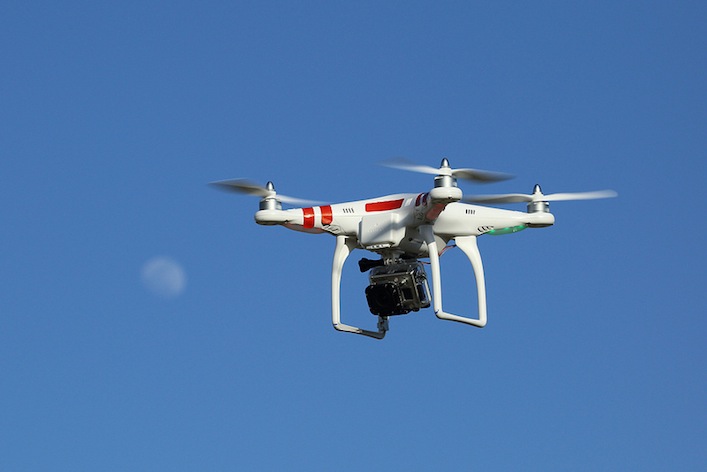News yesterday that German shipping giant DHL has caught drone fever is uninteresting until you learn what DHL’s drones will be delivering: drugs — to a remote island in the North Sea. Right now it’s just a month-long feasibility project, but if successful and useful, it could be extended. It’s a compelling use case.
The drones will carry medications from the German coastal town of Norddeich to the small island of Juist 7.5 miles away, if the weather is favorable. A pilot on the ground will keep an eye on the flights, alerting an air traffic control center if any problems arise.
Regulators have been wary about the use, or even the testing, of drones. Amazon and Google say it may take years to demonstrate that drones can harmlessly fly over populated areas. That’s why Google tested its drones in the Australian outback, and Amazon performed some of its drone tests in Canada.
Right now Amazon and Google are considering using drones to decrease the time between product order and product enjoyment. Regulators might look more favorably on drone programs that deliver vital products like medications.
Could drones play a part in fixing the hugely inefficient healthcare delivery system in the U.S.? Maybe.
One of the key themes in healthcare reform is to incentivize providers to keep tabs on patients and intervene before they need to utilize expensive last-resort services like emergency room visits. Healthcare providers need to make sure patients actually fill the prescriptions that keep them healthy. Many don’t, and this costs the system billions of dollars each year.
In addition, many are physically unable to fill their prescriptions: Rural pharmacies have been closing down by the thousands during the last five years because of high overhead, including the cost of paying a licensed local pharmacist.
Then there are drug-by-mail programs, which have become common in the U.S., but many patients either cannot access that service or simply don’t use it.
But drones may be useful to quickly deliver medications to remote patients, especially not-so-healthy ones who need special drugs to treat unexpected problems that crop up.
As telemedicine, which allows practitioners to stay connected with patients who live far from clinics and hospitals, continues to become mainstream, it will likely be a common method of dispensing care in coming years. Drones are a logical extension of telemedicine.
Use of the technology is not far-fetched. We’ve seen numerous significant venture capital raises by drone startups in recent months (see Airphrame, see Airware), suggesting that those investors are confident that regulators will eventually make peace with the technology.
Via: WSJ


